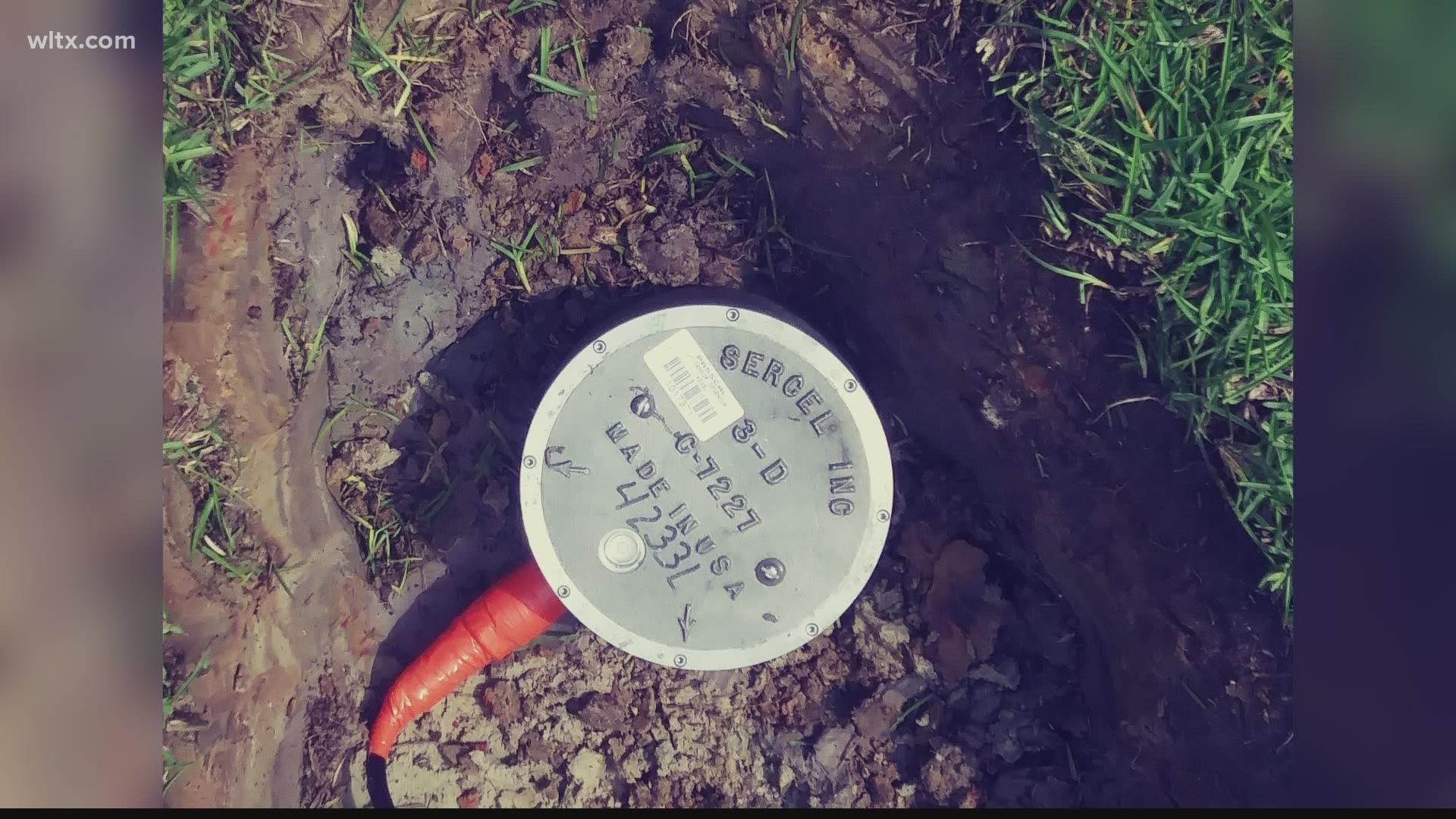COLUMBIA, S.C. — With this 'earthquake swarm,' there are several concerns about how earthquakes are recorded and then reported to the public.
A scientist from the College of Charleston, however, says that he and others have a vital tool in the process of tracking the rumbles.
Earthquakes are unexpected and scientists have no way of predicting when they're going to hit. But when the earth starts to shake, they receive data as soon as minutes later.
Steve Jaume with the College of Charleston said the speedy response is because of a device called a seismometer.
“It’s a sensor. It just senses ground motion, generally place them in a hole in the ground," he said.
A seismometer measures and detects earthquakes and generally consists of a mass attached to a fixed base. During an earthquake, the base moves and the mass does not.
Seismometers are located in different areas across the state. They're programmed to recognize earthquakes and send the data to a network of South Carolina geologists.
Those scientists then send that information out to agencies that relay that data to the public.
“Everybody, for the most part, puts into a common pool if it’s on the internet and anyone who knows how to get to that information and interpret it can do so," Steve said.
While it's difficult to prepare for an unexpected event like an earthquake, Brandon Lavorgna with South Carolina Emergency Management said there are a few things you can do at a moment's notice.
“If you’re inside get underneath a piece of furniture and wait until the shaking stops. If you’re outside you really just want to get low to the ground and relax until the shaking stops, unless, you’re under a powerline or tree then you want to get clear of that," Lavorgna said.
Lavorgna also said to reevaluate home décor so that wall art doesn't become deadly in a more severe earthquake.

